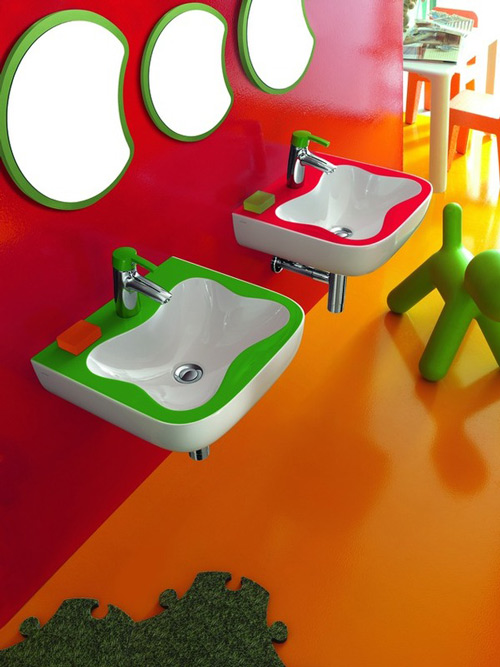You're never too old to make your mind agile, flexible, self-aware, and able to see patterns and connections that more rigid minds miss.

Javier Hans is on a mission to change how the world's youth think about creativity and innovation. At nine, he founded Inventors Without Borders. At 15, he was the winner and youngest entrant of the Invent Your World Challenge sponsored by Ashoka. Most recently, Javier spoke at TEDx Taipei, where he unveiled his immersive role-playing game, Inventors Village.
Impressive as his young resume is, he isn't the only one in his family with a creative mindset. Javier's brother Fabian, and his mother and father, Ester and Peter, recently launched a program called "Invent and Innovate" that helps youth use their imagination productively. They're also producing a TEDx event this fall in Woodlands, Texas, which they are calling "Kaleidoscope Mind.
The term kaleidoscope is Greek and is loosely interpreted as "an observer of beautiful forms." So what, then, is a kaleidoscope mind? The Hans family would say it's "a type of mind that is agile, flexible, self-aware, and informed by a diversity of experiences." It's a mind that is "able to perceive any given situation from a multitude of perspectives at will -- selecting from a rich repertoire of lenses or frameworks." They would say that a kaleidoscope mind is playful, and it must be able to "see patterns, connections, and relationships that more rigid minds miss." And they would say that a kaleidoscope mind can be taught. I would agree.
Like a radio frequency, people can be tuned to see differently. Once you learn a new skill, such as how to ride a motorcycle, you become sensitized in a way you weren't before. You start to see more motorcycles, you become aware and give them more space on the road, you acknowledge them, and you remember what it feels like when the wind hits your face at high speed. Seeing creatively is a bit like that.
For example, I recently gave a presentation at a conference on the youth advertising industry, after which one attendee asked me, "What do you teach your daughter?" I gave him the example of a homework assignment where my daughter's school asked that each first grader write 20 book reports. The teachers sent home a template of what was expected. She did the first ten based on the template. Then, we identified all the elements of a book report, brainstormed other ways that information could be presented (such as writing a letter to the main character, writing the book as a newspaper, writing a play, acting it out, etc.), and each report thereafter was done in a way other than the one prescribed in the template. My parenting approach for my daughter is to help her see possibilities, to tune her to new frequencies. This creative perspective is not a gift. Rather, it is a skill that she can master.
But what about adults who have already-developed minds that they consider to be something other than creative? I think the answer is to learn creativity in structured ways that I call "sight frameworks." Like Edison, it's how I have purposely trained my brain to become aware of patterns that lead to innovative thinking. I've introduced these ways of seeing creatively through presentations and workshops at conferences like CPSI (the Creative Problem Solving Institute), and will again this coming January at IIR USA's Creative Leadership Academy in Sundance, Utah. One of the easiest frameworks to demonstrate is "contextual sight." Just by changing the context (forcing a sight change), new ideas and insights emerge. Take the topic of temporary tattoos. We think of them mostly for children's birthday parties or Halloween. But what if we changed the context and thought of temporary tattoos as they apply to the military? Indeed, in the last two years temporary camouflage tattoos were created to replace face paint in military applications. Now shift the context to the medical industry. Temporary tattoos are now used instead of medical ID bracelets to identify someone with a medical condition. I could introduce many more contexts such as zoo, fresh produce, and even diapers, and without much difficulty you would have many more ideas about how temporary tattoos could be used.
As biochemist Szent Gyorgyi once said, "Discovery consists of seeing what everybody has seen and thinking what nobody has thought." You'll find that as you start to see differently, creativity comes easier. And just like a kaleidoscope, any way you turn will produce creative thinking.
This article originally appeared on The Atlantic.

